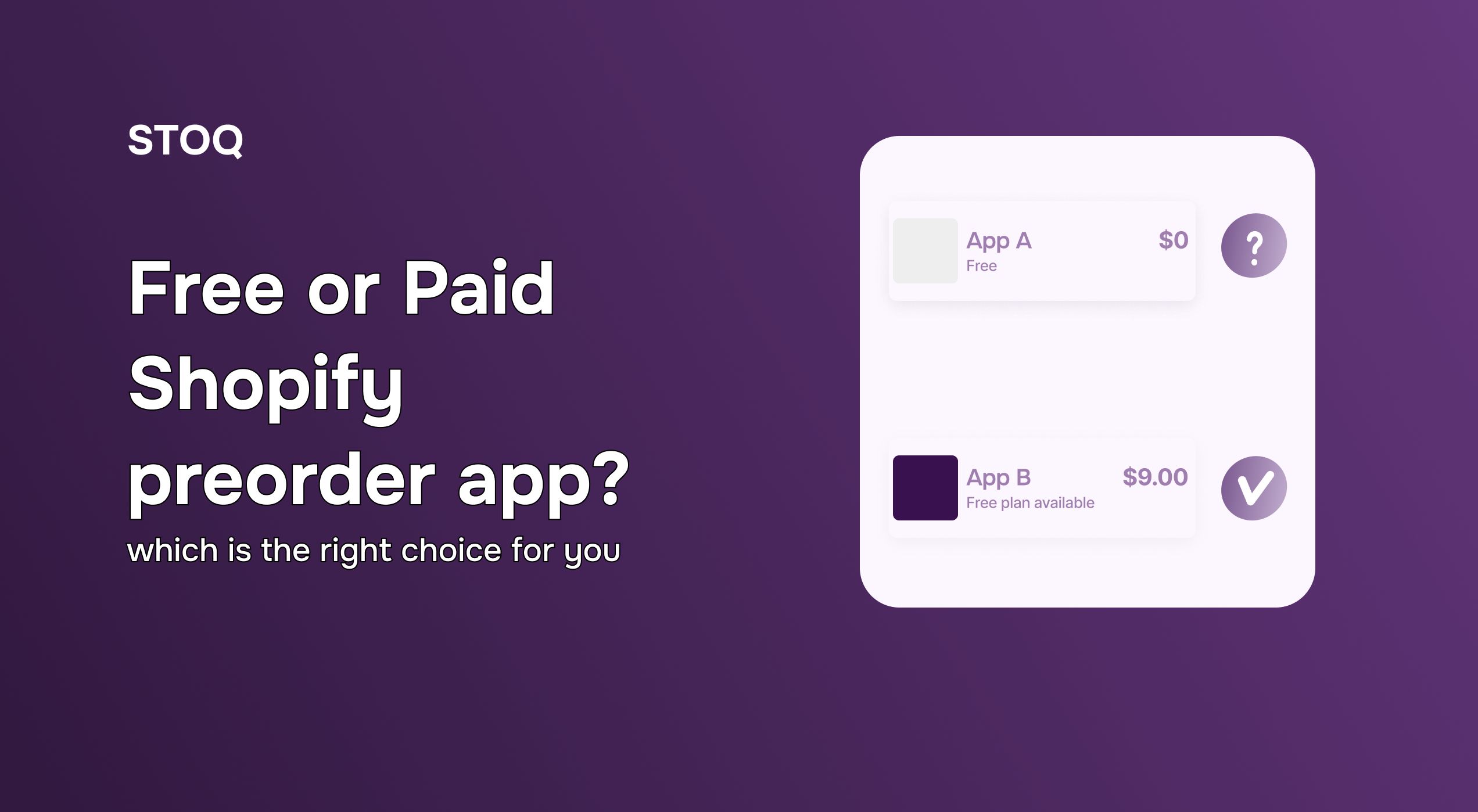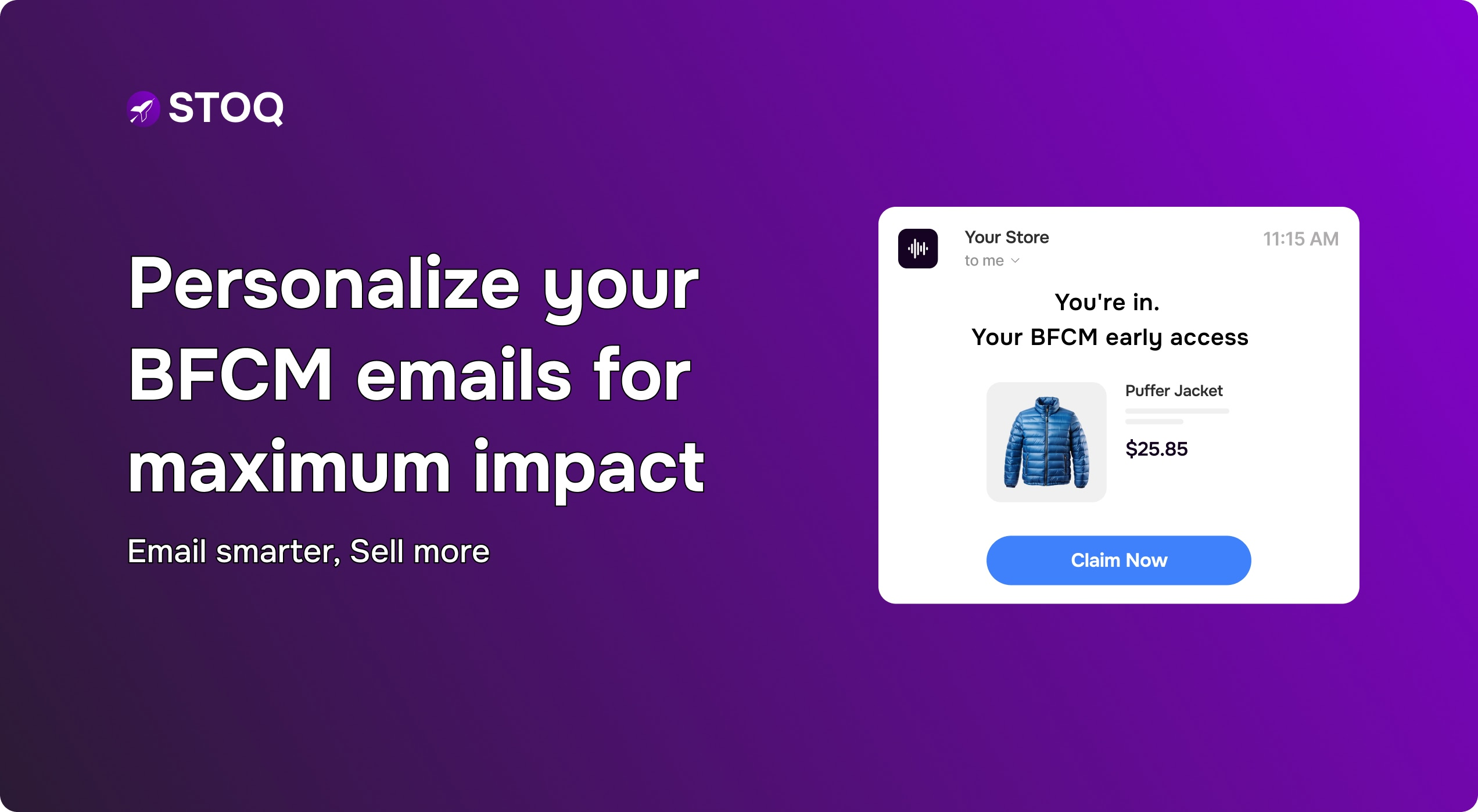Marketing Psychology Hacks to Increase Restock Alert Subscriptions

Getting customers to sign up for restock alerts isn’t just about a “Notify Me” button. It’s about tapping into how people think, feel, and decide.
By using smart psychology-based copy, design, and timing, you can dramatically increase your restock alert subscriptions - and in turn, recover lost sales and boost repeat purchases.
In this post, we’re going to discuss the different marketing psychology hacks (with examples) to help you grow your back-in-stock waitlist on Shopify.
Marketing psychology hacks to increase restock subscriptions
Here are some tried and tested tactics to increase the number of visitors who click the ‘notify me’ button on your Shopify store:
1. Use Scarcity to Trigger Urgency
People assign more value to things that are rare or in short supply. We recommend adding text like: “Selling fast” or “Only a few pieces restocking soon” to nudge an action out of the visitor. Using microcopy near the alert form is another best practice - a simple sentence like “This item sold out in hours last time. Be first to know when it’s back”, can help you state the purpose of the subscription box.
2. Leverage Loss Aversion
We as consumers are more motivated to avoid loss than to gain something new. This marketing psychology works best when you frame the alert as a way to not miss out. For example, “Don’t miss your second chance!” or “You’re not the only one watching this…”
3. Tap into Social Proof
When others want it, we do too. That’s why we recommend putting your social proof to work too to build trust and urgency. You can do this by adding dynamic counters or badges like “241 people are waiting for this item” or displaying on-site popup messages such as “Back by popular demand. Sign up before it’s gone again.”
4. Use Commitment Bias with Microcopy
People are more likely to follow through on a small action once they’ve started. You can use this marketing psychology to make the CTA low-pressure or reaffirm their decision. For example, adding “just drop your email - we’ll ping you when it’s back” or “we’ll keep you posted - this one never stays in stock long.”
5. Incorporate Anchoring with Previous Sellouts
Anchoring uses past data to set expectations and influence urgency. You can use this psychology by referencing how quickly a product got sold out the last time. For example, adding a microcopy that says ‘sold out in 2 days last time - don’t miss it again!’
6. Use Visual Hierarchy and Color Psychology
What people see first impacts what they do next. Visual cues direct attention and increase the perceived value of a product - that’s why we recommend leveraging color psychology in tandem. You can do this by using high-contrast buttons, placing the form above the fold or just below the sold-out notice, using icons like ⏰to draw attention to the alert option.
7. Add Exclusivity Cues
People want to feel like insiders or VIPs. You can use this marketing psychology in your strategy by framing restock as early access. For example, microcopies like “be the first to shop before we go public” or “VIP restock alerts only”.
8. Invoke the Zeigarnik Effect
People remember unfinished tasks and are compelled to complete them. You can use this little psychological pull by implementing progress-style language or visuals. For example, “you’re 1 step away from securing your spot” or “just enter your email to complete your restock request.”
9. Offer Instant Gratification
People are more likely to take action when they get immediate value. And in times of social media influence, instant gratification and dopamine hits are a strategy you can’t miss. For example, add a perk to the sign up form - “Sign up for restock alerts and get 10% off on the order.”
10. Keep It Friction-Free
The attention span of an internet user is a lot shorter than that of a goldfish. So the easier the action, the more likely people are to take it. Ensure you use one-click email capture (prefill fields if logged in), avoid long forms and optimize everything for mobile devices.
11. Use Urgency Countdown Banners
Countdown timers create a visual sense of time running out. Set up a timer or a live counter saying “restocking in 3 days; be the first to know” or “waitlist closes in 5 hours” to create urgency around your stocked out items.
12. Use Reciprocity
When you give, people feel compelled to give back. Make restock subscriptions a two-way affair by sharing exclusive content alongside. For example, “sign up and get behind the scenes at how we make the product” - this also offers an opportunity to educate your audience about the value your products bring to them and build a deeper connection.
13. Highlight Personalization
Personalized messages feel more relevant and increase conversions. Add product-specific alerts like “get notified when your size is back in stock” or variants liked by the consumer. The more personalized an alert can get, the higher are the chances of them subscribing.
14. Use the Foot-in-the-Door Technique
Once someone commits to a small action, they’re more likely to commit to a larger one later. You can use this in your restock alerts strategy by asking for an email today and sending them a coupon or style quiz tomorrow.
15. Display Urgency-Driven Reviews
Reviews from others help validate the item’s worth. Combine social proof with smart sifting to highlight testimonials like “waited 2 weeks for this and it was so worth it.” Hearing it from consumers similar to them can boost conversions from the ‘notify me’ button.
Conclusion
Restock alerts are not just functional conversion tools.
They’re opportunities to use psychological triggers that drive action.
By weaving in urgency, social proof, exclusivity, and minimal friction, you can build longer waitlists and recover more revenue when products return.
Ready to test these marketing psychologies? Install the STOQ app today.


.jpg)
